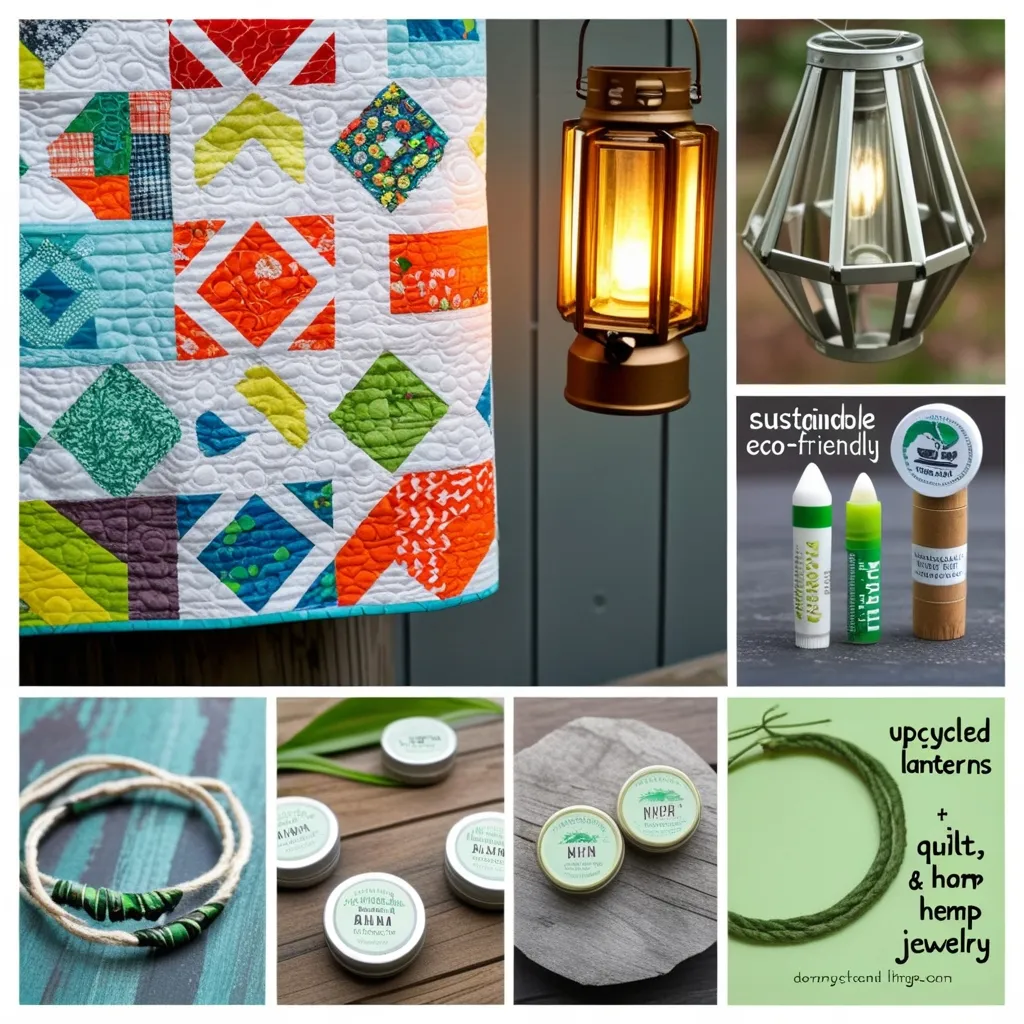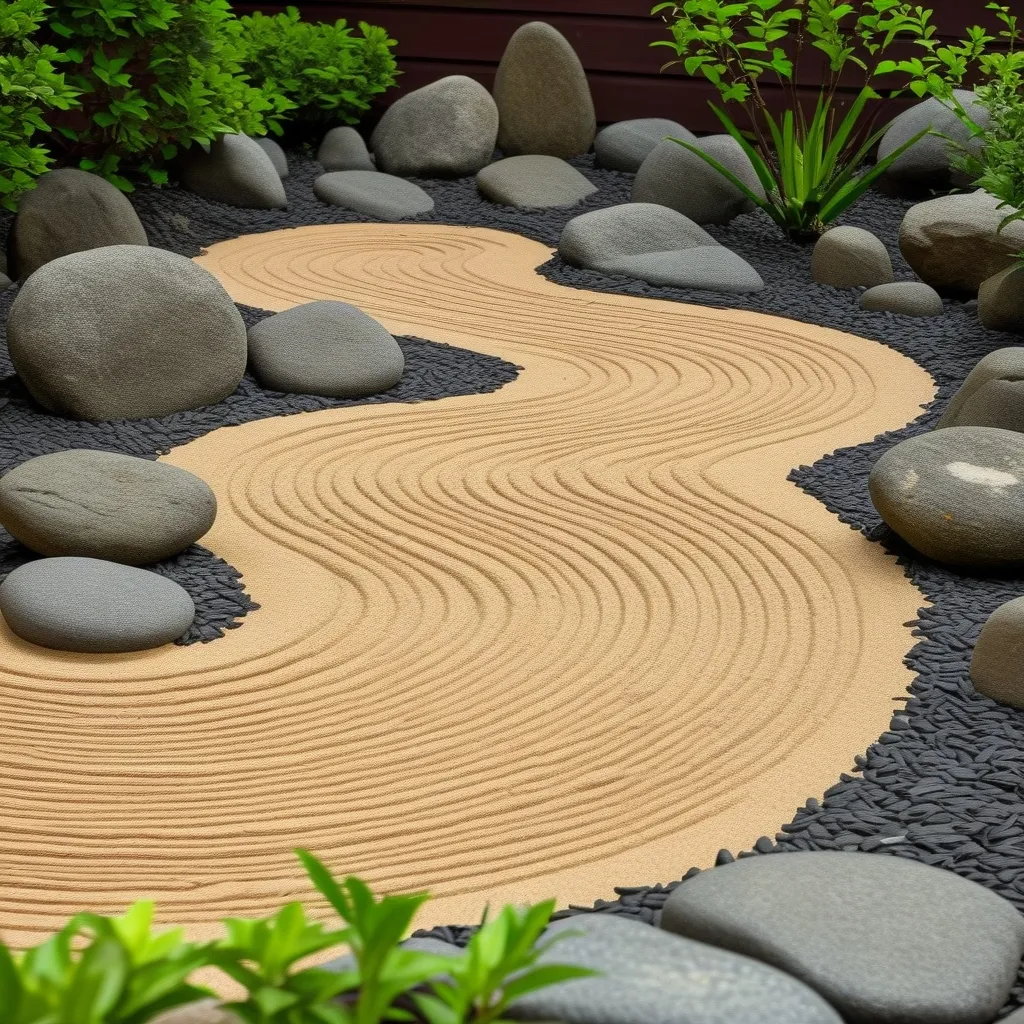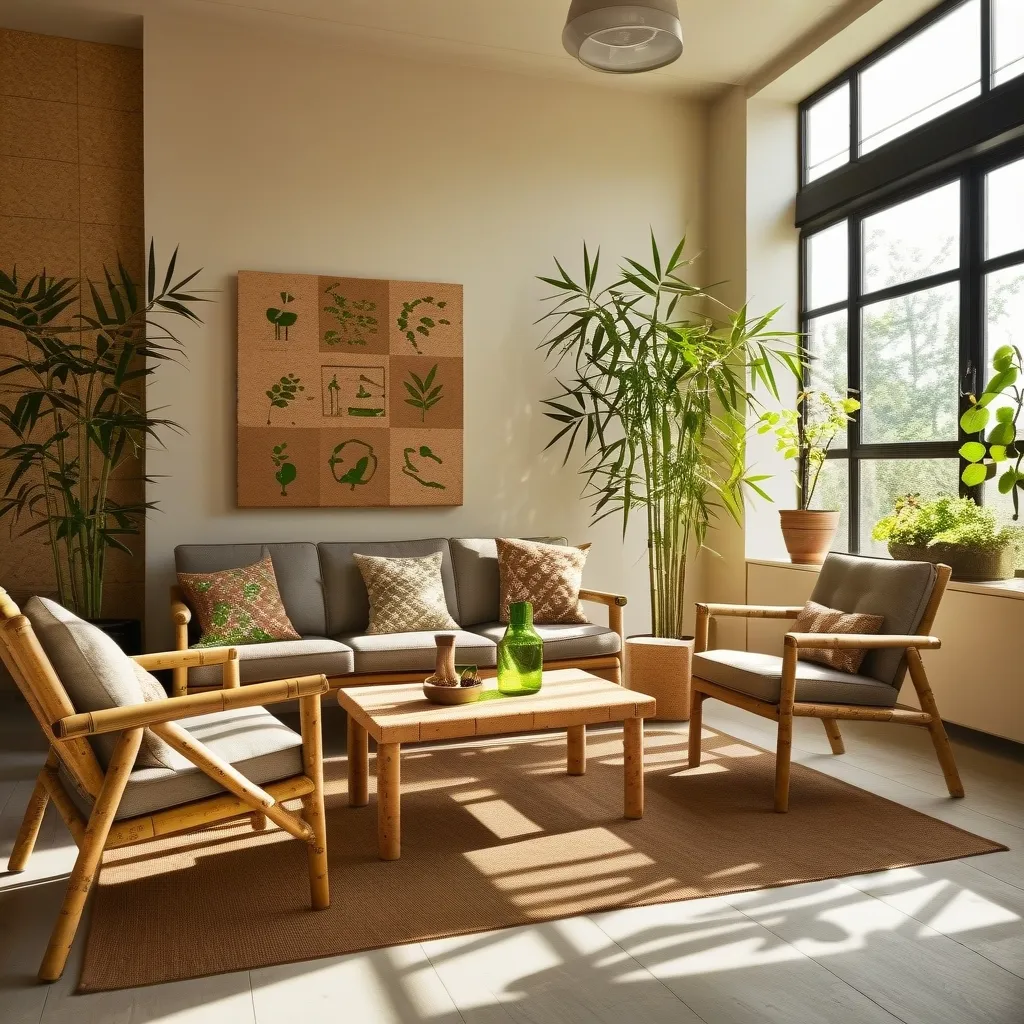Creating eco-friendly projects at home is an absolute blast. Not only does it give you something fun and creative to do, but it also helps in nurturing a more sustainable future. DIY sustainable crafts aren’t just about making pretty things; they’re about reducing waste, promoting mindful consumption, and supporting small, local businesses. Here’s how to dive into crafting activities that make a positive impact.
First, DIY sustainable crafts are great for cutting down our environmental footprint. When you follow traditional crafting methods, you often end up with piles of excess materials that just gather dust or get tossed out. But many DIY craft kits are designed with pre-measured and pre-cut pieces, which means less wasted fabric, paper, or other materials. Imagine making a patchwork quilt with a kit – you get exactly the amount of fabric you need. No leftovers to shred, no extra scraps filling up your bin. It’s all about doing more with less.
Another cool part of these kits is the emphasis on minimal waste. Ever bought a bulk pack of craft supplies for a single project and felt guilty about all the stuff you didn’t use? DIY kits totally sidestep that problem. They’re all about efficiency. If you’re crafting up some reusable dishcloths, your kit has just the right amount of cotton fabric, yarn, and whatever else you need. Nothing is wasted. It’s like the Goldilocks zone of crafting materials – just right.
Now, responsible consumption really shines with DIY sustainable crafts. These kits aren’t just randomly thrown together; they’re curated to help you avoid unnecessary purchases. You only buy what you need, and you can bet these kits are often designed by local or small businesses that care about sustainability. So, when you grab a DIY kit, you’re not just making something cool; you’re also backing businesses that prioritize ethics and eco-friendliness. Think about getting a knitting kit from a local artisan. Your purchase supports their business and their commitment to green practices. It’s a win-win.
Supporting local and small businesses through these kits is huge. Many kits come from artisans and small companies with eco-friendly missions. When you buy from them, you’re helping these businesses thrive, thus promoting sustainable crafting in the community. Imagine picking up a DIY pen-making kit from a local woodworker. You’re not only getting a handmade pen but also encouraging them to keep pushing their eco-friendly efforts.
Let’s not forget the creativity and innovation that blossom from engaging in sustainable crafts. When you get hands-on with these projects, you’re pushed to think boldly, repurpose materials, and always have an eye on sustainability. This creative mindset doesn’t just stick to your crafting table; it spills over into other areas of your life. Picture yourself upcycling old jeans into a patchwork quilt. You cut down on waste and think creatively about giving old materials a new life.
Choosing sustainable materials is the backbone of these DIY projects. Go for organic fabrics, recycled paper, and natural dyes whenever possible. Avoid materials with harmful chemicals or those contributing to deforestation. Natural fibers like cotton, wool, or linen are perfect. They make your projects beautiful and kind to Mother Earth, from eco-friendly greeting cards to rustic bohemian home décor.
Designing low-waste projects is also key to sustainable crafting. Think about creating patterns that use materials efficiently, leaving practically no scraps. Maybe design a knitting pattern that maximizes your yarn or create something from upcycled fabric. This approach ensures your crafting habits are as green as they can be.
Recycling and upcycling are crucial in all this. Use materials that can come back to life in new ways — like transforming glass jars into decorative lanterns or old clothes into quilts. This practice reduces waste and demonstrates how discarded items can become something new and beautiful. Turn old plastic into chic floral earrings, for example. It’s all about seeing potential in what might otherwise be thrown away.
Clear instructions are everything in DIY kits. Providing step-by-step guidance, complete with visuals, helps minimize mistakes and wasted materials. When crafters follow well laid-out instructions, they can confidently create, knowing they’re not wasting resources through trial and error.
Educating customers on the value of sustainable choices is essential. This can be done through product labels, social media, or even detailed inserts in your kit. Inform your audience why using natural fibers or recycled materials matters. This connection not only informs them but also inspires more eco-friendly decisions.
For enthusiastic crafters seeking sustainable projects, here are some stellar ideas:
- DIY Denim Patchwork Quilts: Upcycle old jeans into unique quilts.
- Shrink Plastic Flower Earrings: Give plastic a chic second life.
- Natural Lip Balm: Mix up lip balm using organic ingredients.
- Knitted Dishcloths: Get crafty with reusable, eco-friendly dishcloths.
- Upcycled Glass Jar Lanterns: Turn old jars into magical lanterns.
- Recycled Paper Greeting Cards: Make greeting cards with recycled paper.
- Hemp Jewelry: Craft jewelry using sustainable hemp.
- Crocheted Market Bags: Swap out single-use bags with handmade market totes.
- Repurposed Fabric Tote Bags: Fashion tote bags from old fabric.
- Wooden Pallet Furniture: DIY functional furniture from reclaimed wood pallets.
Creating eco-friendly projects isn’t just about having fun; it’s about contributing positively to our environment. From reducing waste to fostering creativity, every small step helps. So next time you’re looking to get crafty, reach for those sustainable, DIY project kits. Support local artisans, think creatively about repurposing materials, and enjoy making beautiful, earth-friendly creations. It’s a hobby that’s good for you and even better for our planet. Get crafting and join the movement towards a sustainable world!






